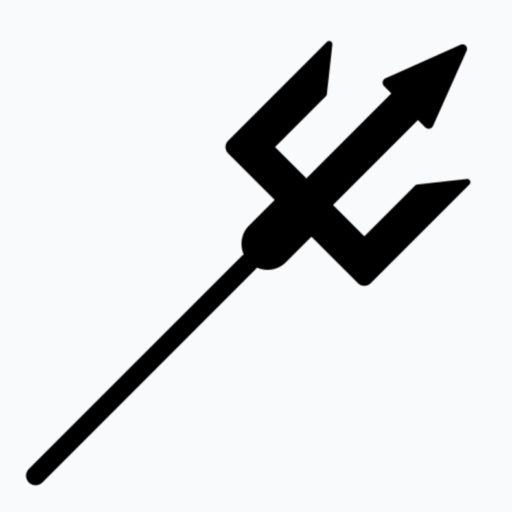The god Balder is a prominent figure in Norse mythology.
Known as the god of radiance, Balder is the son of Odin and Frigg.
His tragic death at the hands of Loki is one of the most important events in this mythology.
In addition to his role in Ragnarok, Balder has left his mark in other cultural forms, such as Nordic tattoos and his appearance in literary works and movies.
Find out more about Balder, his relationships with other gods and goddesses, and frequently asked questions about his history and mythology.
Balder, god in Norse mythology
In Norse mythology, Balder is a god of great importance.
Below, we will explore Balder’s origin and characteristics, his relationship with the other gods and goddesses, and his role in the apocalyptic event known as Ragnarok.
Origin and characteristics of Balder
Described as a kind and just god, he is worshipped for his purity and gentleness.
His physical appearance is believed to radiate a heavenly glow, making him a divine and desirable figure in Norse mythology.
Balder’s relationship with other gods and goddesses
Balder enjoys a close relationship with other gods and goddesses in the Norse pantheon.
He is particularly close to his mother Frigg, who was deeply concerned for his safety.
In addition, Balder is loved and respected by his brothers, Thor and Tyr, who consider him a being worthy of admiration.
However, Balder also earned the envy and antipathy of certain gods, such as Loki.
This rivalry became an important aspect of Balder’s story, triggering tragic events and the inevitable confrontation in Ragnarok.
Balder and his role in Ragnarok
Balder’s tragic fate is intertwined with Ragnarok, the cataclysmic event that marks the end of time in Norse mythology.
According to prophecy, Balder will be killed by his blind brother Hodr, under the manipulative influence of Loki.
Balder’s death triggers a series of devastating events and marks the beginning of the fall of the gods.
However, his sacrifice also symbolizes the renewal and rebirth that arise after Ragnarok.
Balder’s story is a powerful example of the themes of tragedy and redemption present in Norse mythology.
Symbolism and representations of Balder
In Norse mythology, Balder is a god whose symbolism encompasses different aspects and has been represented in various ways throughout history.
His brightness and beauty make him light and pure, while his tragic death links him to the vulnerability and fragility of existence.
Nordic tattoos in honor of Balder
The figure of Balder is a source of inspiration for those seeking to capture strength and luminosity in a tattoo.
Designs often include elements such as his characteristic blond hair, the radiance of his presence and symbols associated with the god such as the sun and runes.
These tattoos represent the desire to carry the protection and vitality attributed to him.
Balder in popular culture: Balder in ‘God of War’.
Balder has also left his mark on popular culture.
One of the most prominent examples is his appearance in the popular video game ‘God of War. In this game, Balder is portrayed as a main antagonist, the God of Light who seeks revenge against Kratos.
His role in the story shows the complexity of his personality and his connection to the forces of nature and destiny.
Balder in literature and film
The figure of Balder has been a literary and cinematographic resource used in various works that have been inspired by Norse mythology.
In literature, it is common to find mentions of Balder in sagas and epic poems that narrate the adventures of the Norse gods.
In cinema, Balder has appeared in films that recreate the myths and legends of Norse mythology, where he is represented as a god full of grace and beauty.
Frequently asked questions about Balder dios
In this section, we will answer some common questions about Balder, one of the most prominent gods in Norse mythology.
Who were Balder’s parents?
Balder is the son of Odin and Frigg, two important deities in Norse mythology.
Odin is the main god and ruler of Asgard, while Frigg is known as the goddess of love and motherhood.
What was the exact cause of Balder’s death?
As we have seen above, Balder’s death was caused by a tragic event in Norse mythology.
Loki, the cunning god of deception, discovered that the only object capable of harming Balder was mistletoe.
Taking advantage of this weakness, Loki convinced Höðr, the blind god, to shoot a mistletoe arrow at Balder, which resulted in his death.
What is the relationship between Balder and Loki?
Balder and Loki are two opposing figures in Norse mythology.
While Balder is worshipped as a god of light and beauty, Loki is known for his cunning and deceitful nature.
However, despite their differences, Balder and Loki are connected through the aforementioned tragedy of Balder’s death.
Balder (in Old Norse Baldr, or Baldur) is the god of light and forgiveness.
He is a symbol of justice.
If you want to wear a sweatshirt dedicated to him, in the purest Viking style, here you have one.
Subscribe
If you want to receive in your mailbox stories, curiosities and legends of the most fascinating creatures of classical mythology just fill in this form.
Continue reading
If you liked this article, you like mythology.
And in this case, we have much more to offer you.
Discover new adventures, heroes, nymphs, gods, battles, teachings…
Just click on the button.
mitologiaclasica.com is a website dedicated to explore and spread the fascinating richness of mythology, offering a vast compendium of stories, characters and legends.
Explore
Greek Mythology
Roman Mythology
Norse Mythology
Egyptian Mythology
Hindu Mythology
Chinese Mythology
Japanese Mythology
Celtic Mythology
Privacy Policy
Privacy Policy
Copyright mitologiaclasica.com


